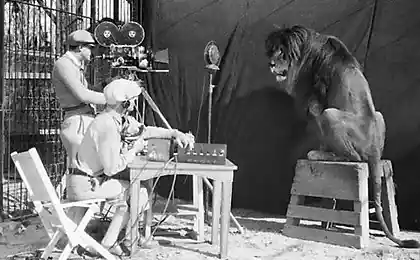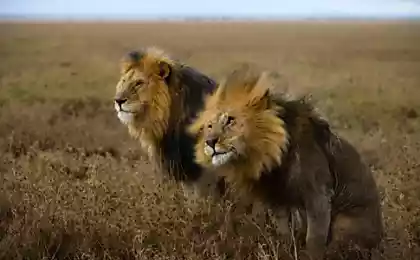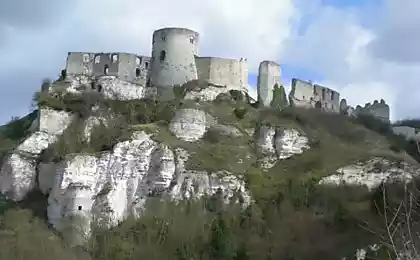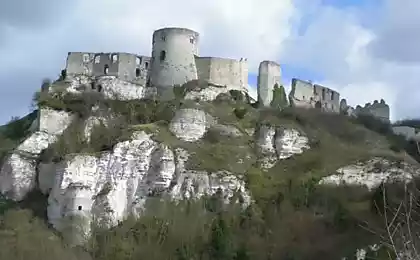3277
Antlion ordinary (10 photos)
Antlion - insects belonging to the order Neuroptera. But of particular interest is not the adult, like a dragonfly, and antlion larva, which resembles the tick and is quite predatory lifestyle.
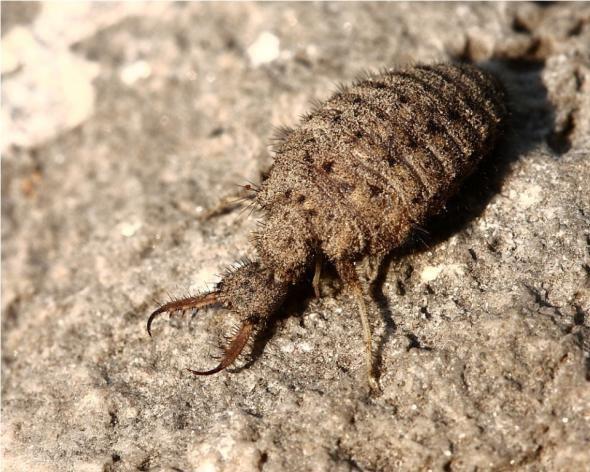
Speaking of antlion, many primarily imply its larvae, not the adult state, which does not boast outstanding.
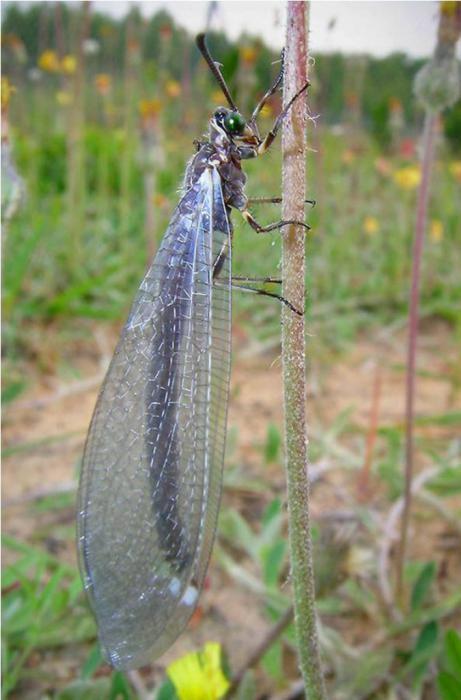
Wingless antlion larva looks a bit like a tick on the head of which there are powerful jaws. Imago has an elongated slender body with long thin transparent wings, covered with a dense network of veins.
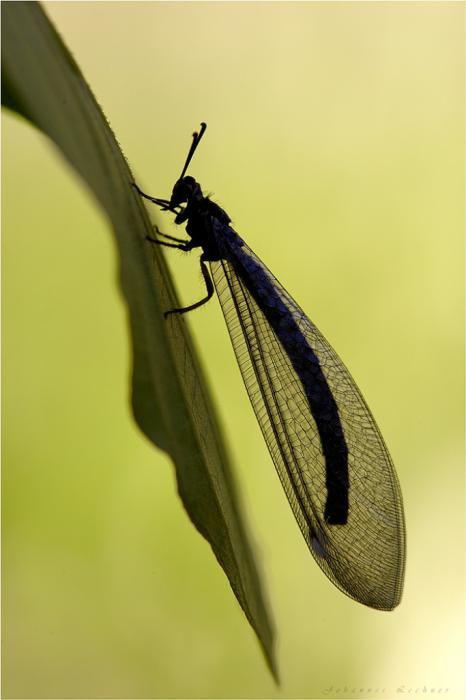
Lives "lion" in sandy areas where its larva digs for himself a house trap, is a large crater with a depth of 5 cm and a diameter - 7-8 cm. The larva buries his body in the center of the funnel so that the surface remains only its huge jaws.
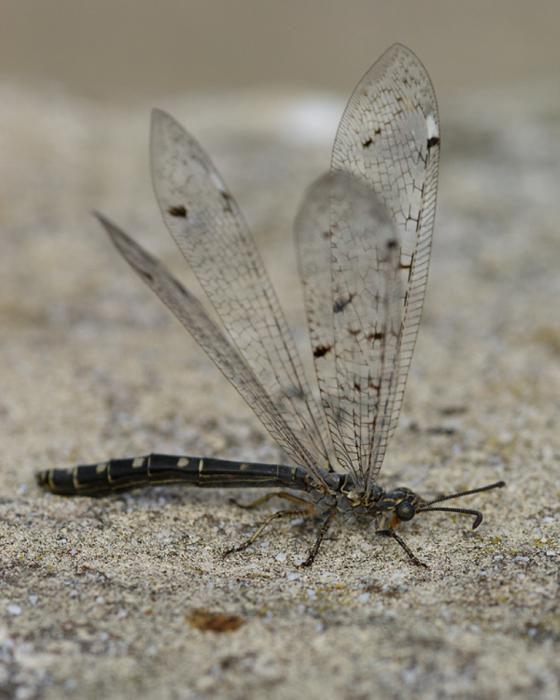
They eat mostly ants, but the trap can also get other small insects and spiders. Once a victim has set foot on the edge of the crater, the sand begins to sink beneath it, dragging the insect. This is for the "lion" a kind of signal. If the victim is still in the funnel, but can still be kept on its walls, the larva begins to shoot her in the sand. Thus, it not only gets rid of the sand just arrived, but throws these "shots" insect. It begins to slide down and is in the tenacious jaws larvae of which do not get out. Antlion can keep production in excess of its size in.
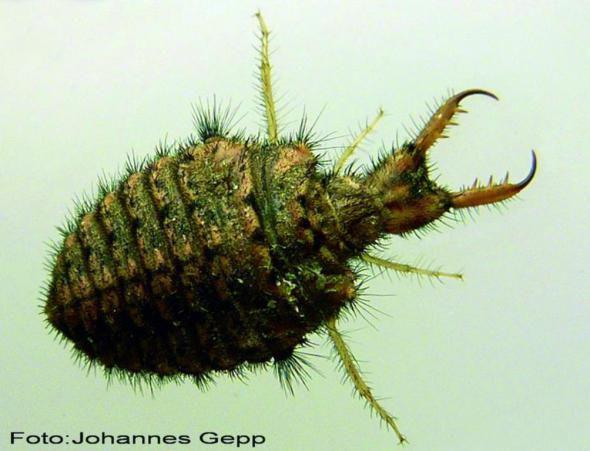
With the help of the jaw ant lion injects venom into the victim's body and digestive juices and waits for the inner content production is not digested. The larvae are then slowly sucks out all the content, and skins throws.
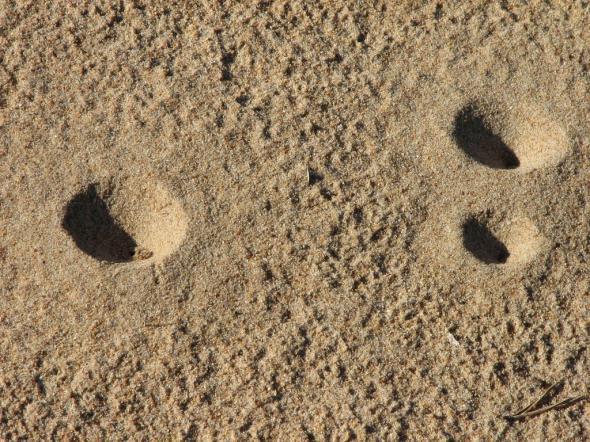
In this form, i.e. in the larval stage, ant lions live for several years. It was only 3-4 years turn into adults. With the onset of the changes, the larva begins to weave a cocoon around itself spherical. In it, she undergoes a transformation from larva to pupa, and a month later - in the adult insect.
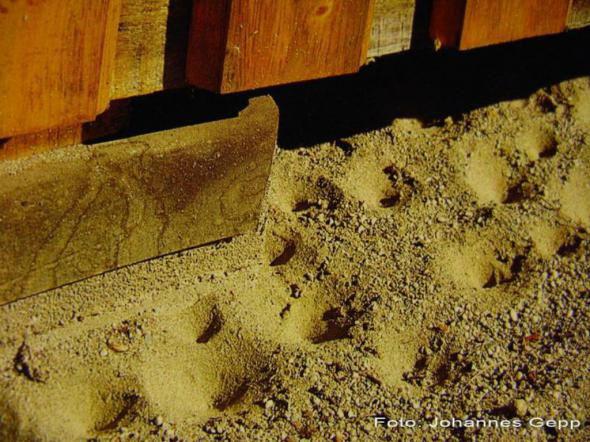
Ant lion is found in sandy areas of our vast country, as well as throughout Europe, except England, Sweden and Spain.
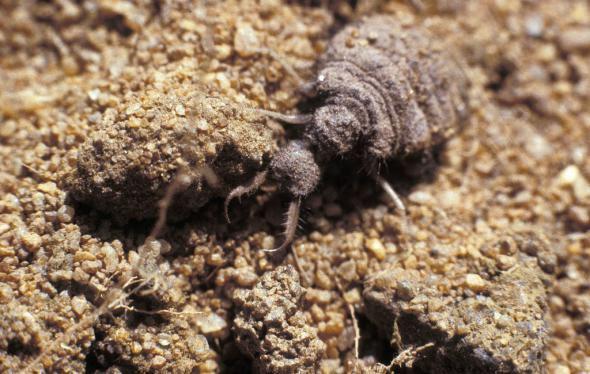
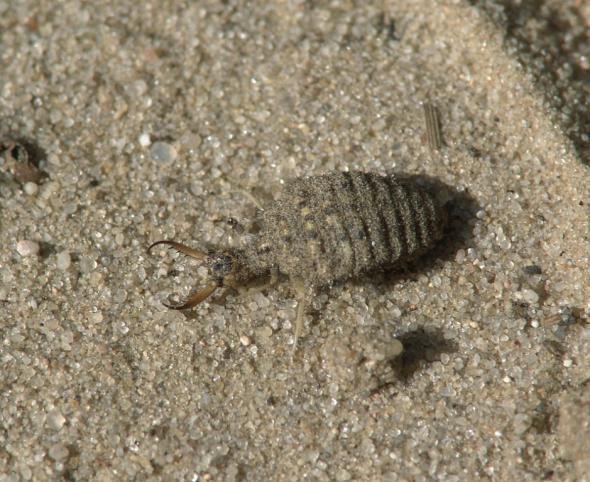
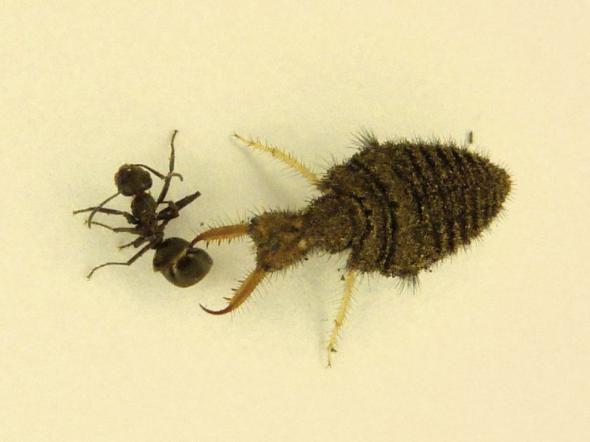

Speaking of antlion, many primarily imply its larvae, not the adult state, which does not boast outstanding.

Wingless antlion larva looks a bit like a tick on the head of which there are powerful jaws. Imago has an elongated slender body with long thin transparent wings, covered with a dense network of veins.

Lives "lion" in sandy areas where its larva digs for himself a house trap, is a large crater with a depth of 5 cm and a diameter - 7-8 cm. The larva buries his body in the center of the funnel so that the surface remains only its huge jaws.

They eat mostly ants, but the trap can also get other small insects and spiders. Once a victim has set foot on the edge of the crater, the sand begins to sink beneath it, dragging the insect. This is for the "lion" a kind of signal. If the victim is still in the funnel, but can still be kept on its walls, the larva begins to shoot her in the sand. Thus, it not only gets rid of the sand just arrived, but throws these "shots" insect. It begins to slide down and is in the tenacious jaws larvae of which do not get out. Antlion can keep production in excess of its size in.

With the help of the jaw ant lion injects venom into the victim's body and digestive juices and waits for the inner content production is not digested. The larvae are then slowly sucks out all the content, and skins throws.

In this form, i.e. in the larval stage, ant lions live for several years. It was only 3-4 years turn into adults. With the onset of the changes, the larva begins to weave a cocoon around itself spherical. In it, she undergoes a transformation from larva to pupa, and a month later - in the adult insect.

Ant lion is found in sandy areas of our vast country, as well as throughout Europe, except England, Sweden and Spain.









